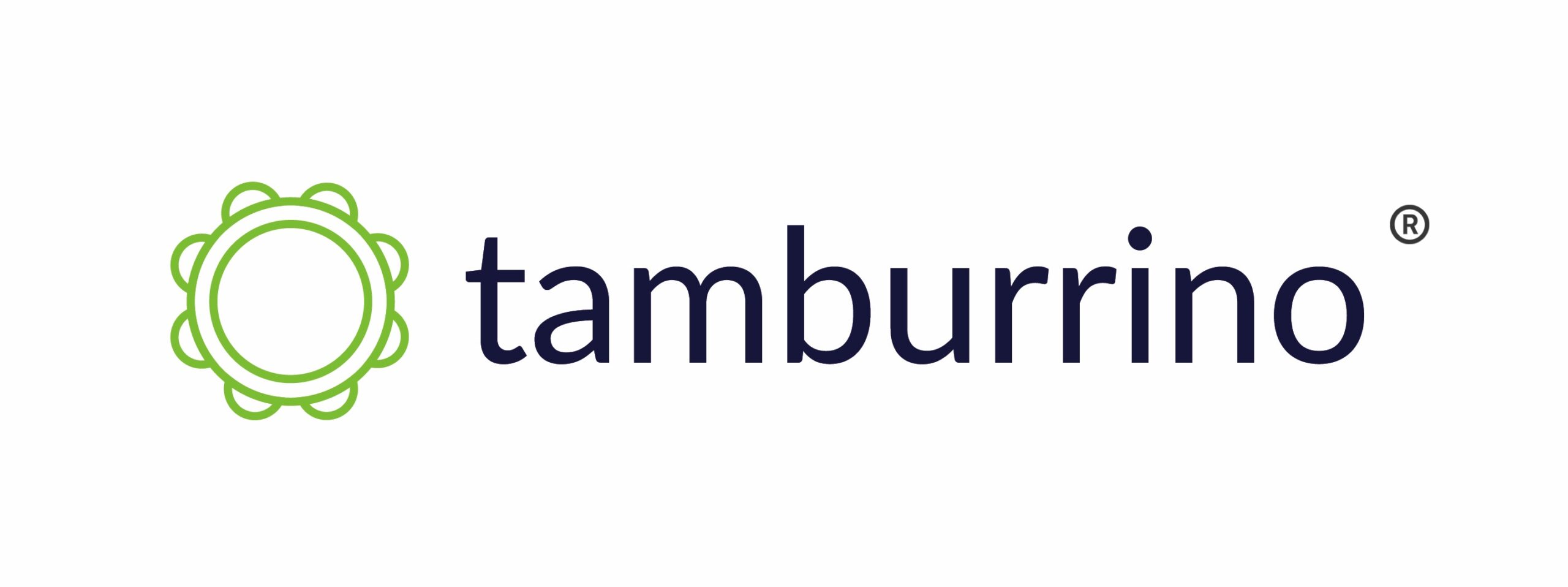From my guest column, years ago, for The Daily News:
Do you ever feel that you are fighting a losing battle to keep up on e-mail? Office workers spend an average of 2.6 hours per day reading and answering emails, according to McKinsey Global Institute.
Like it or not, an inbox signifies workflow and one with idle messages is counter-productive. Regardless of your type of business, being savvy on email can help with time management and lessening the digital burden.
Incorporate these tricks into your daily email use to make it easier to flag important items and minimize clutter:
Strive to have zero in your inbox at close of business. The goal is to stop using your inbox as a to-do list. Move messages into more appropriate places by creating three labels: 1) Act On, 2) Waiting For, and 3) Read Later. Most everything will fall into one of these three buckets, and if not, it belongs in your inbox. Try splitting your email into panels to separate read and unread messages. Also embrace the star and flag features for Google Apps/Gmail and Microsoft Exchange/Outlook, respectively, to quickly distinguish hot items from those that can be tackled later.
Take advantage of auto forward. For recurring messages that may not require immediate attention such as monthly receipts or newsletters, establishing filters can be beneficial. Setting up a rule will process an email for you, bypass your inbox, mark it as read, and place it in a designated place for future reference. Filters can also be applied for auto-forwarding to other email addresses.
Check email at designated times. It’s a best practice to not stare at your inbox all day long. Instead, check your email every 15 to 30 minutes throughout the day. To keep a rhythm, touch base at the top, quarter and half hour. If you’re working in project management software or an online medium that’s demanding real-time attention, try to scan your email once an hour.
Brevity is key. Write your email first, and then edit your content to help get your point across succinctly. Make one-sentence statements about what you’re looking for, starting a new line for each new idea. For quick notes about an attachment or project status, bulleted lists tend to work well.
Don’t forget your spam folder. Spam filters are designed to catch emails that could possibly harm your computer. This could be due to attachments, certain keywords, or illegitimate host detection. If you’re expecting an important email, make sure to browse your spam folder in addition to your inbox.
Email maintenance can take some discipline to get started, but will help keep things moving over time. Folding a few simple practices into your routine can keep you tuned in without the subconscious pressure of a full inbox.
